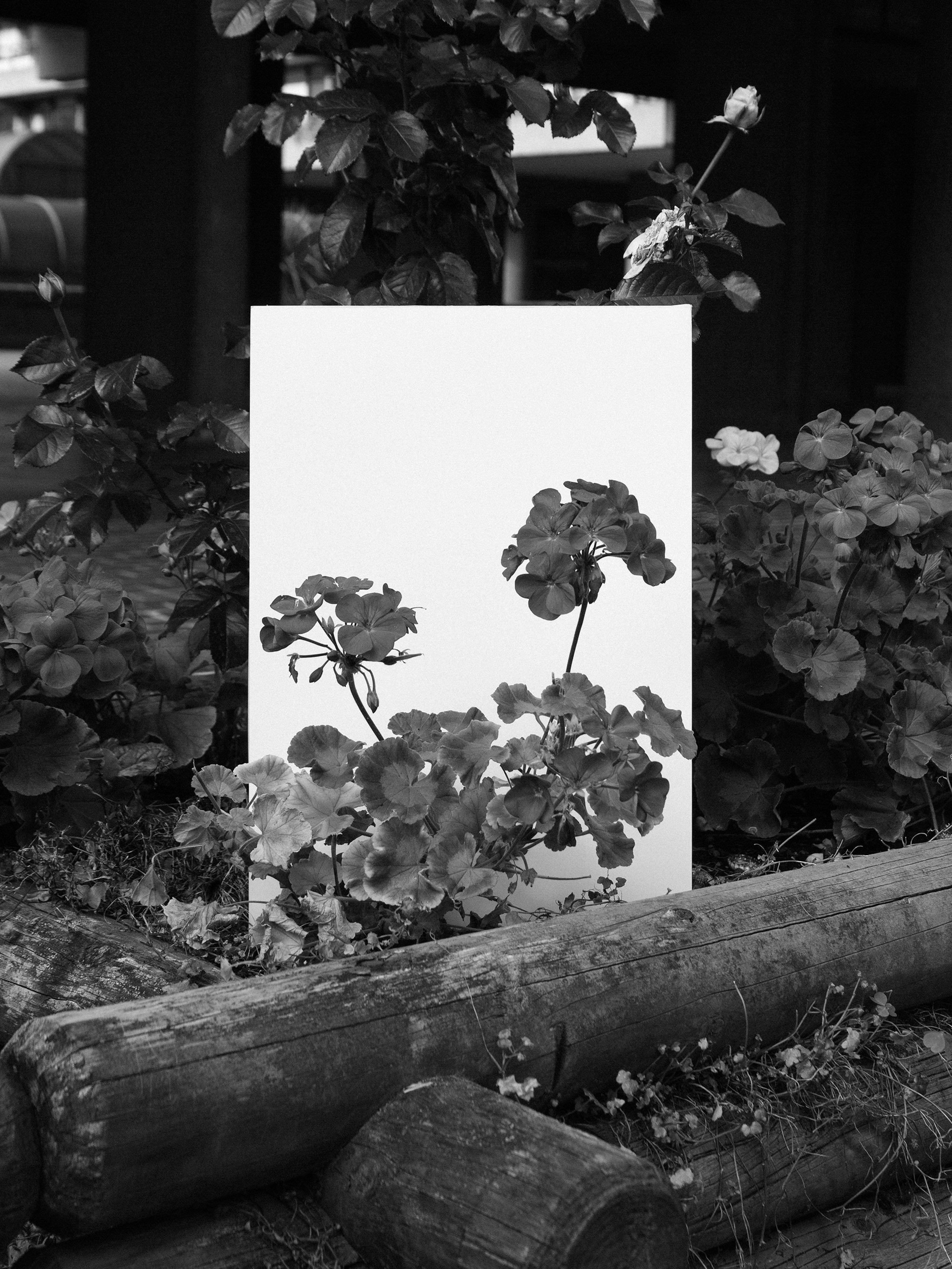
Geranium
Flower of the Month
When you think about the geranium, it’s likely you’ll envision vibrant scarlet blooms and lush velvety green foliage adorning window boxes and gardens around the world – particularly in London’s Barbican Estate – but there are in fact hundreds of species of geraniums that range in size, shape, colour and scent… So what better stem to demystify as our flower of the month?


A brief history...
The geranium is a genus of 422 species, most commonly known as the cranesbill of which most are native to southern Africa, while some originate in Australia, New Zealand, the Mediterranean and the Middle East. If we rewind back to the early 17th century, the first geranium plant was discovered and imported to Britain from Africa, where it became popular in English gardens. But it wasn’t until Thomas Jefferson shipped the plant from France to America in 1786 – before growing the species in the President’s House (pre- White House) – that the plant gained popularity in American gardens.
Upon Jefferson's retirement in 1809, it’s said that a Washington socialist named Margaret Bayard Smith asked for a geranium that he was growing. To which the departing president replied: "it is in very bad condition, having been neglected latterly as not intended to be removed. ... if plants have sensibility, as the analogy of their organisation with ours seems to indicate, it cannot but be proudly sensible of her [Mrs. Smith's] fostering attentions.”

A popular perennial
Geraniums were popular enough in America by the 18th century to be featured by Rembrandt Peale in his famous portrait of his brother Rubens Peale, painted in 1801. The portrait now lives in Washington D.C.’s National Gallery of Art.
The geranos
The name “geranium” is derived from an ancient Greek word “geranos”, which was originally translated by scholars and believed to be the Greek word for “crane”. It was later speculated that “the geranos” was actually a dance in which performers imitated the flight of cranes, or dressed themselves as cranes. Many botanists draw comparisons between the geranium’s long beaked fruit (seed capsule) and the bill of the crane.

Scent geranium
Commonly known as scent geranium, those of the scented variety are technically called “pelargonium”, a variety of geranium that release a fragrance when their leaves are touched. Historically, they were positioned in castles, mansions and stately homes to ward off unpleasant smells – long before fancy room sprays were in existence. The lemon geranium is the most famous of all also because it’s believed to posses mosquito repelling qualities for its powerful citronella scent – which, contrary to popular belief, hasn’t been scientifically proven. Meanwhile other varieties release orange, apple, mint, rose, and even cinnamon and chocolate scents. They spread their scent through tiny glands on the topside of the leaves, so the action of rubbing or touching these leaves will open them up to release a scented oil.

Geranium oil
The rose-scented pelargonium is cultivated commercially for its essential oil that’s distinctively floral, earthy and herbaceous, that’s also earned the stem a RHS Award of Garden Merit. Aside from its use in natural skincare and fragrance, it’s also used to make scented sugar (by storing several leaves inside a container of sugar for a few weeks) for baking, and for making sweet, delicious spreads and jams.



